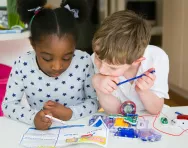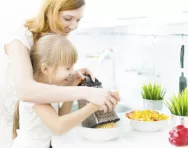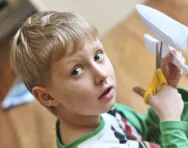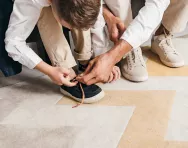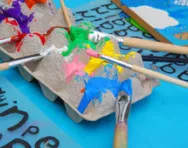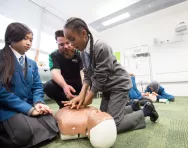Important update from TheSchoolRun
For the past 13 years, TheSchoolRun has been run by a small team of mums working from home, dedicated to providing quality educational resources to primary school parents. Unfortunately, rising supplier costs and falling revenue have made it impossible for us to continue operating, and we’ve had to make the difficult decision to close. The good news: We’ve arranged for another educational provider to take over many of our resources. These will be hosted on a new portal, where the content will be updated and expanded to support your child’s learning.
What this means for subscribers:
- Your subscription is still active, and for now, you can keep using the website as normal — just log in with your usual details to access all our articles and resources*.
- In a few months, all resources will move to the new portal. You’ll continue to have access there until your subscription ends. We’ll send you full details nearer the time.
- As a thank you for your support, we’ll also be sending you 16 primary school eBooks (worth £108.84) to download and keep.
A few changes to be aware of:
- The Learning Journey weekly email has ended, but your child’s plan will still be updated on your dashboard each Monday. Just log in to see the recommended worksheets.
- The 11+ weekly emails have now ended. We sent you all the remaining emails in the series at the end of March — please check your inbox (and spam folder) if you haven’t seen them. You can also follow the full programme here: 11+ Learning Journey.
If you have any questions, please contact us at [email protected]. Thank you for being part of our journey it’s been a privilege to support your family’s learning.
*If you need to reset your password, it will still work as usual. Please check your spam folder if the reset email doesn’t appear in your inbox.
DIY for children – what it teaches them
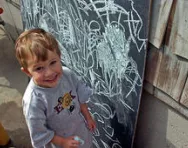
If you find offering your children an everlasting supply of fun home activities to do over weekends and school holidays a bit of a struggle, then perhaps it's time you looked to your home to provide a little inspiration.
Encouraging the kids to try some simple DIY and craft activities around the house can teach a huge variety of invaluable, practical skills and is an excellent way to approach all manner of curriculum areas!


Download fantastic science resources today!
- Experiments And Science Fun pack
- Science Learning Programme for each school year
- All the instructions, questions and information you need
DIY skills for kids: the benefits
DIY encourages children to use many everyday skills to problem solve and think about tasks carefully and analytically, exploring potential outcomes. It exercises the mind, encouraging lateral and logical thinking, choosing from a range of solutions.
It also taps into children's creativity enabling them to use their imaginations and put their artistic skills into practice.
In terms of movement and dexterity, DIY also helps develop children’s fine motor skills, as they will often be using smaller, more sensitive movements which require concentration and patience in order to achieve the desired outcome.
What household and DIY skills can children do at what age?
By the age of 12 your child could:
- sew on a button
- change a plug
- change the sheets on their bed
- mow a lawn
- change a fuse
- use a washing machine
- use a screwdriver
- use a potato peeler
- unblock a sink
- defrost a fridge
- change a light bulb
- sort the recycling
Any of these activities will help your child’s DIY abilities whilst equipping them with some invaluable practical skills they will use for the rest of their lives.
Always supervise your children when they are handling electric equipment, and ensure that they are fully aware of safety rules.
Kids' DIY activity ideas
If you are stuck for DIY tasks for your child, try some of these:
- Ask your child if they would like to redesign an area of their bedroom. They can discuss what they would like in their room and suggest ways to change things. They can draw up plans and help in each process of the design and construction
- For younger children, there are plenty of construction toys and kits available. These will help them to build up the skills needed in real-life DIY
- Provide plenty of opportunities for your child to help with maintenance jobs around the house. For example, if the garden needs mowing and weeding ask them to help, or if a light bulb needs changing, let them have a go
- If there are any areas of the house which could do with a lick of paint, allowing your child to help is a great experience for them, and will help their creativity
- Encourage your child to help with some environmental DIY to help them think about the world around them; ask them to build a compost heap or a bird feeder.
- Involve your child in any craft projects you may be working on. Whether it's renovating some old shelves or knitting some coasters, let your child have a go!
Don't feel very confident about some home maintenance skills yourself? We recommend the excellent Dad, how do I? YouTube channel, where an American dad who has raised two adults provides useful, practical guides to basic tasks that everyone should know how to do. (The channel has 8 million subscribers!)
